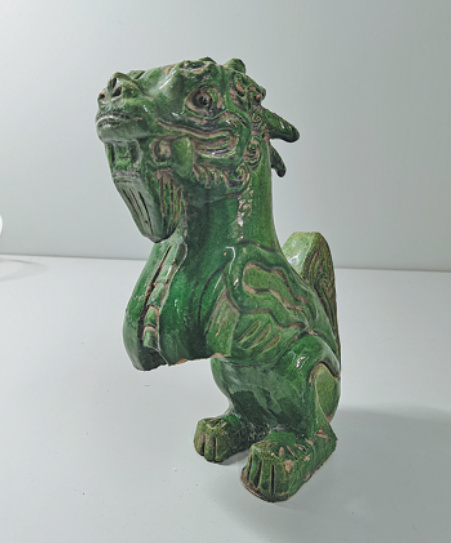Palace's hidden glories unearthed
 0 Comment(s)
0 Comment(s) Print
Print E-mail China Daily, March 10, 2022
E-mail China Daily, March 10, 2022

Emperors were not satisfied with merely being collectors, and during Qianlong's reign the Forbidden City began making its own products.
Xu said: "Follow-up studies of the site need interdisciplinary expertise. For example, we can produce many new findings in the laboratory by analyzing the ceramic samples. Even the soil can significantly help us learn about the natural environment.
"Archaeology in the Forbidden City means much more than filling gaps in historical records that center on royal court politics. We can gradually form a full understanding of ancient society from details that are easily neglected."
Before the ongoing archaeological project began, scholars expected to find clues to enable them to partially restore the Zaobanchu landscape above ground in the future. However, the discovery of the early Ming palaces may change their plan. Once exposed to the air, the underground foundations face the risk of erosion and even falling apart. An iron-framed shield was set up last year to protect the site from rain and snow, but Xu feels that more measures are needed.
Following the discovery of architectural ruins at Cining Gong, experts drafted several plans to showcase the findings to the public. However, after scientific evaluation, they finally decided to refill the pits and keep them undisturbed. Xu said that it was a responsible act for the Forbidden City.
"However, it's always crucial to promote such important archaeological findings. For the ongoing work at this site, we're seeking better ideas to exhibit it and well protect it at the same time," Xu added.






Go to Forum >>0 Comment(s)